There continues to be public outrage in the United States over gun violence in educational institutions. The shootings at Marjory Stoneman Douglas High School in Parkland, Florida killed 17 people and injured 17 more, yet members of Congress refuse to take meaningful action to improve the situation. Efforts to strengthen background checks, delay those suffering from mental illness from purchasing guns, or limit the spread of military-style weapons have gone nowhere.
What representatives do not understand is the energized role young people are likely to play in the upcoming midterm elections. In 2010, when Republicans gained 63 seats in the U.S. House of Representatives and six in the U.S. Senate, only 21 percent of young voters between the ages of 18 and 24 cast ballots. This was well below the 61 percent turnout for senior citizens and the overall total of 45 percent for the eligible population, according to U.S. Census figures.
These turnout numbers were devastating for Democrats because young people are more liberal than the population as a whole and more likely to support meaningful action on gun violence. Without significant turnout among their major constituencies in 2010, Democratic candidates fared poorly and their party lost control of the House. That hurt the ability of the Obama administration to enact major policy change.
In 2014, only 17 percent of those aged 18 to 22 voted, which helped Republicans gain 13 seats in the House and 9 in the Senate. Their turnout was far below the 70 percent participation of senior citizens. According to the Center for Information & Research on Civic Learning & Engagement at Tufts University, one of the reasons for the drop in youth turnout is state actions making it more difficult for people to register and cast ballots. In a research report, its researchers argued “states have implemented photo ID requirements with restrictive lists of acceptable identification, have shortened voting times, and have repealed laws that had allowed people to register on the same day they voted. Our own research shows that these changes are associated with lower youth turnout.”
The lead-up to this year’s midterm elections, though, is seeing a surge in youth interest. A recent march organized by the Parkland students attracted more than 500,000 people to Washington, D.C. and many more in state capitals around the country. A number of young people are upset at congressional inaction on gun violence and the gutting of safety, environmental, and worker protections under the Trump administration.
In addition, special elections over the past year have generated considerable youth interest. For example, the 2017 Virginia state elections generated a youth turnout of 34 percent, twice the state’s 2009 level. That was a boon to gubernatorial candidate Ralph Northam as he captured 69 percent of the youth vote, compared to 30 percent for Republican Ed Gillespie.
If young people can double their 2014 national turnout in 2018 up to 34 percent, as happened in Virginia, that would provide an additional four million voters nationally. This is enough to make a difference in close races and help Democrats win seats. Significant gains in these midterms would put legislators on notice that voters are watching and young people are not happy with current policy decisions.
An old military adage warns about generals fighting the last war and thereby becoming obsolete. Republican intransigence on guns may represent an example of a policy that helped them in the past but will hurt them in the future. Most public opinion surveys show overwhelming majorities in favor of gun action. A February, 2018 survey by Quinnipiac University found that young people between 18 and 34 supported the Democrat’s position on gun violence by 62 to 27 percent. The GOP can ignore that message at its own peril.
Darrell M. West is vice president of governance studies and director of the Center for Technology Innovation at the Brookings Institution and author of the Brookings book, “The Future of Work: Robots, AI, and Automation.”
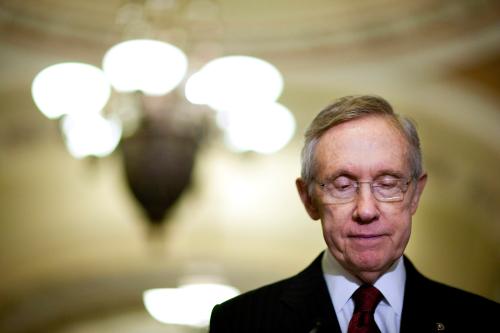
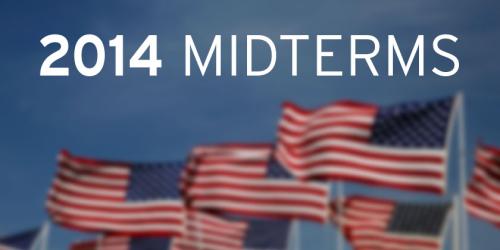
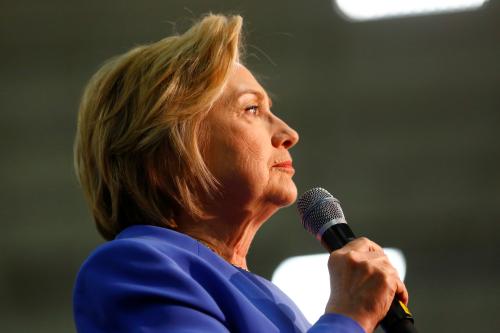
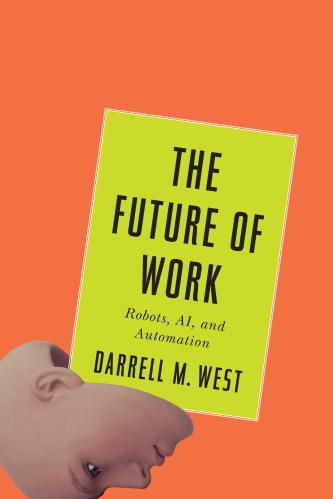
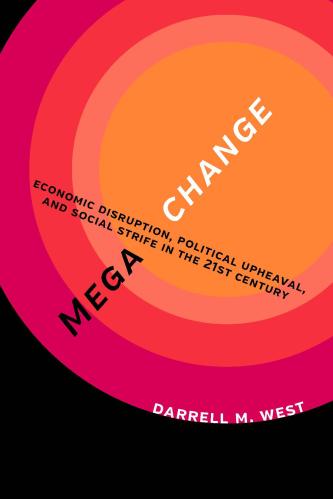




Commentary
How millennials and gun control can change the 2018 midterm landscape
April 5, 2018